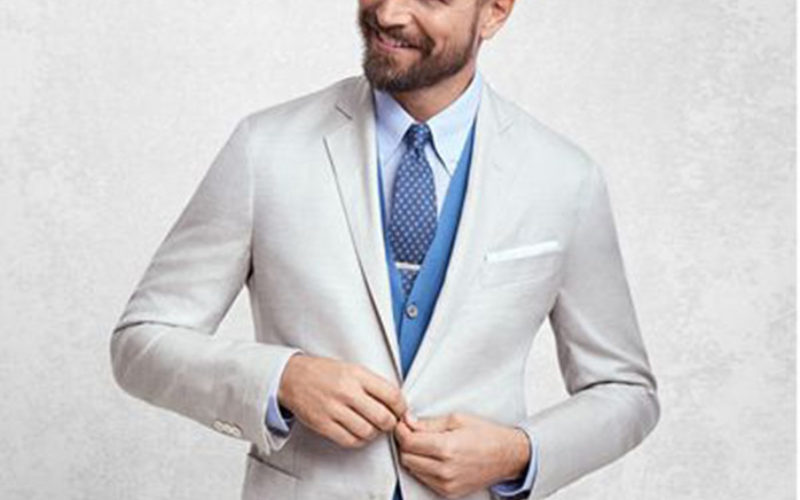Q. Are suit vests still something one wears? If so, do they just come matching the fabric of the suit’s trousers and jacket, or are there more interesting options?
A. There was a time when men all wore suits with vests as well as hats nearly all the time. We see this in old photographs of crowds of men attending, say, a professional baseball game. Clearly, that time has passed. The popularity of vests waxes and wanes. Currently, they are much less in favor than they were several years ago. Vests have become more of an accessory and an option.
Still, some men are very fond of vests, and own several. The various different types of vests often have to do with their fabric. Each one sends a different message about the wearer.
The most traditional vests have always been part of a three-piece suit, made of matching fabric. More recently, now that men are wearing fewer matched suits and less formal suits, this look is not seen as often. It tends to be too stuffy for today’s business and social climates.
The next way of wearing a vest takes on a more relaxed look. It is still part of a suit (that is, made of matching fabric), but worn with the suit’s trousers alone and without its jacket. This look works both with and without a tie. It can be a nice compromise between the old conservative way of dressing for a formal office environment and dressing for today’s more business-casual workplace.
Another entirely different way of wearing a vest is perhaps the most distinctive vest style: dapper dressers choose an unmatched vest as an accent and featured accessory. A combination that I’ve always liked is a smart white wool vest worn as a sharp contrast to a medium-dark suit or blazer. Most of these elegant vests are the usual single-breasted cut, but occasionally you will find them in double-breasteds. Although this dapper sort of look works for a confident dresser who enjoys making a statement with his clothes, it may well be too attention-grabbing for many men.
The most casual way to wear a vest is to layer a sleeveless knit sweater over a dress shirt either alone or under a blazer/sport coat. This is a favorite style among Ivy League, preppy dressers; it works with a whole range of casual combinations from dress trousers to khakis and jeans.
Vests help span the seasons when you’re not quite sure what to wear. They can add a layer of warmth when there is a chill in the air, or they can be a substitute for a too-warm jacket in hot weather. They come in a wide array of materials from solid wool fabric to tweeds and even lightweight suede.
If you enjoy wearing vests, then be sure you wear yours correctly. See that the vest covers the waistband of your trousers. No shirt shows, ever, between vest and pants. The fit of a vest should be smooth and close to the body without the least sign of pulling or creasing.
An important note: the bottom button is always left unbuttoned when wearing a vest. I have heard many reasons for this iron-bound custom, and am dubious about them all. The story heard most often is that Beau Brummel, the nineteenth century English dandy, left his bottom button unfastened. The fashionable world figured it must be the proper thing to do and has done it ever since. Whether or not the story is true, I do know it is a gross breach of style to fasten that bottom button.
Please send your men’s dress and grooming questions and comments to MALE CALL: Lois.Fenton@prodigy.net









